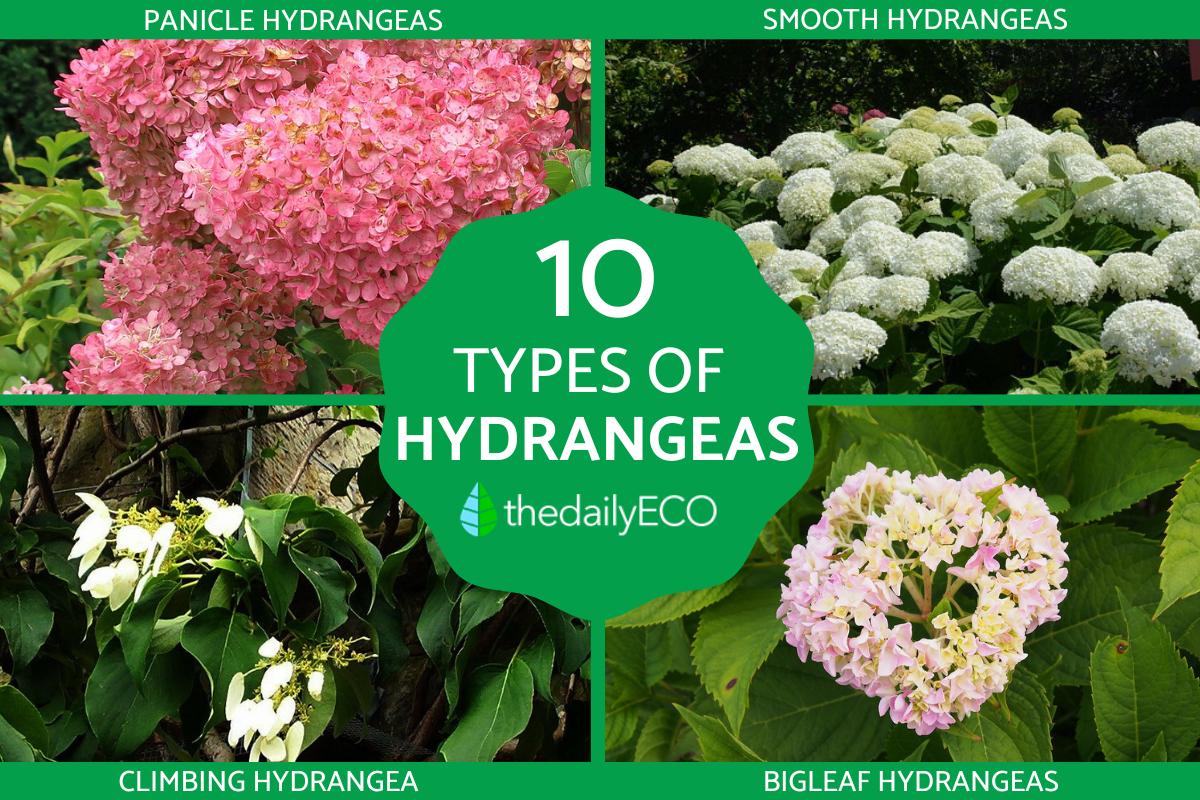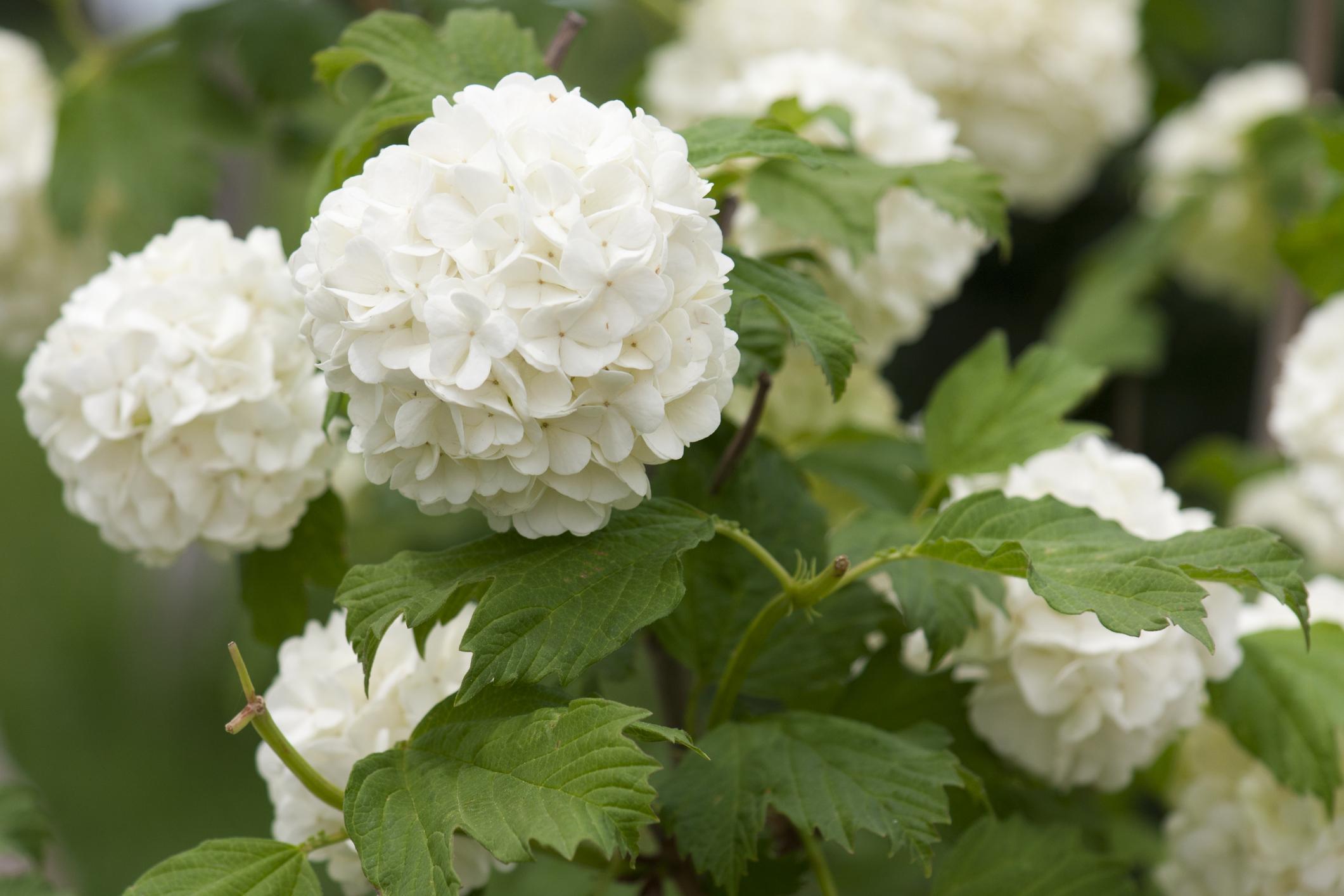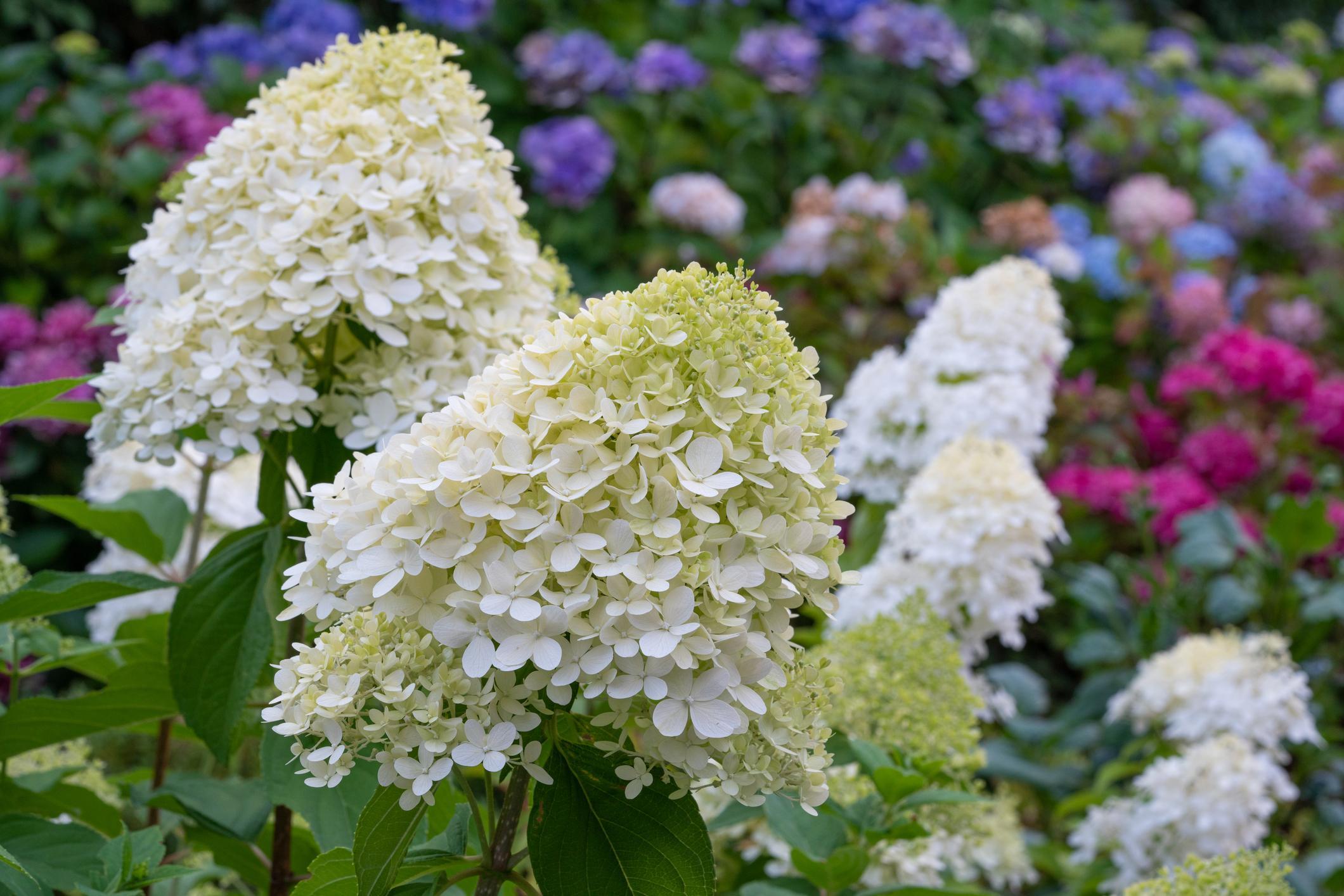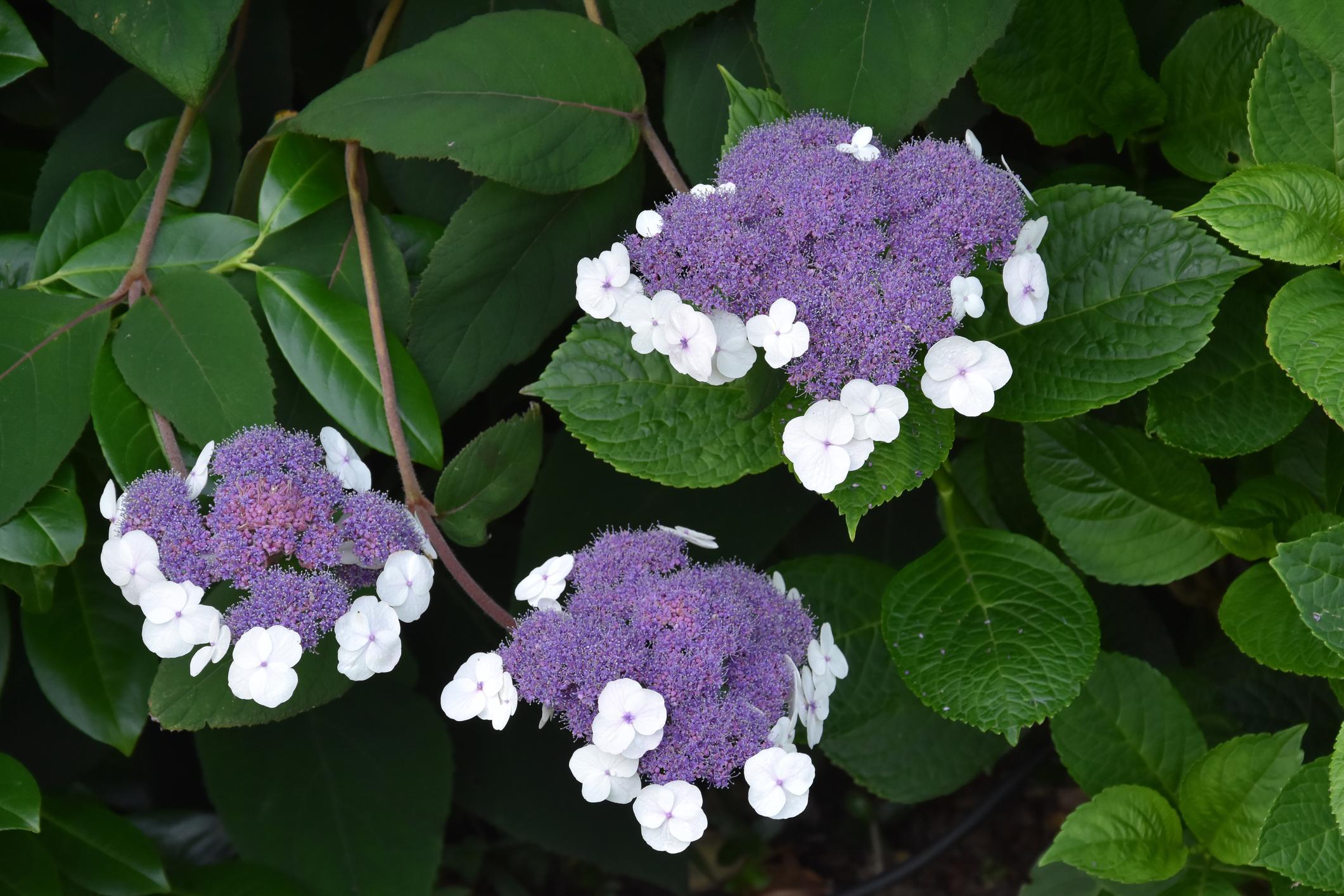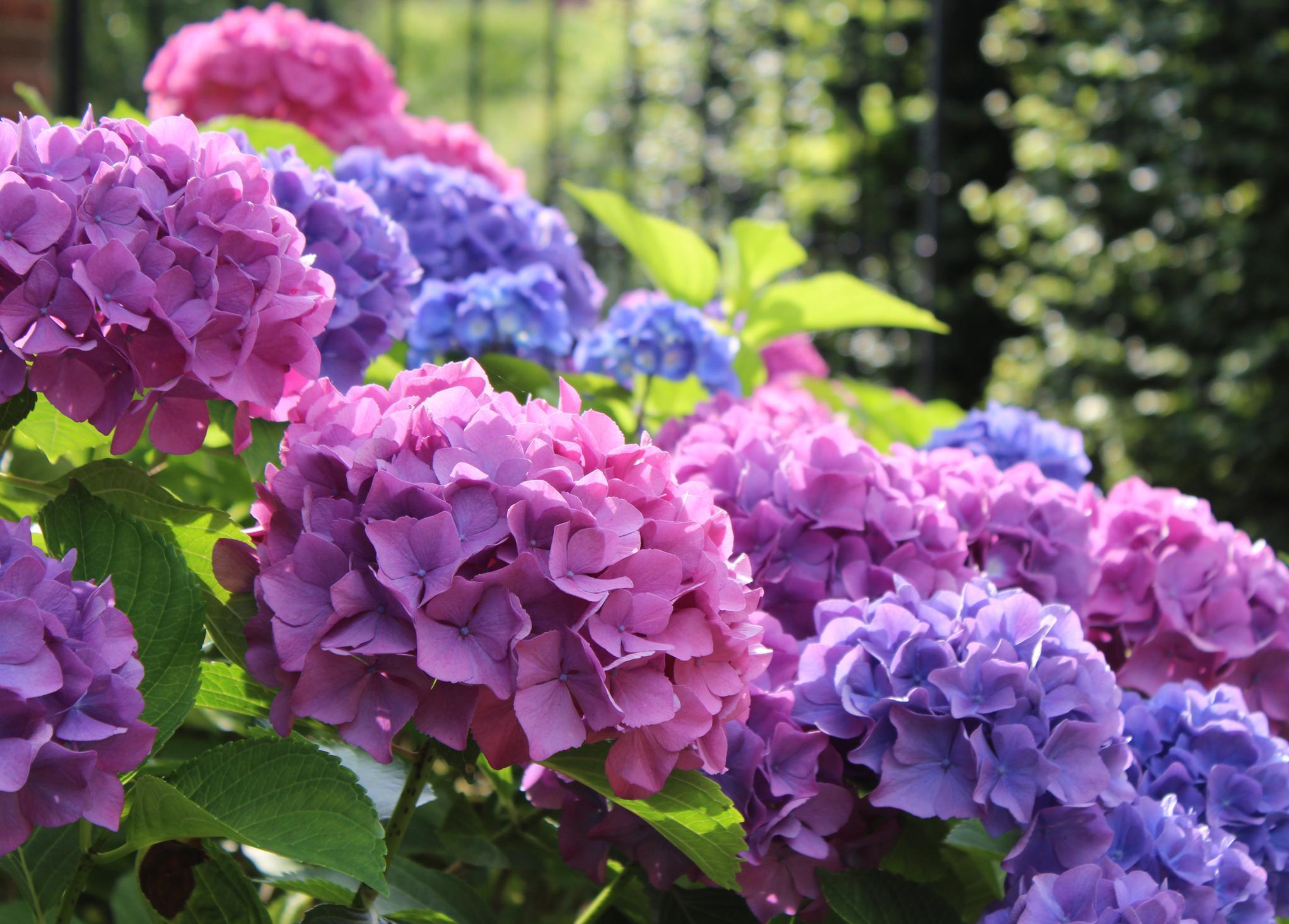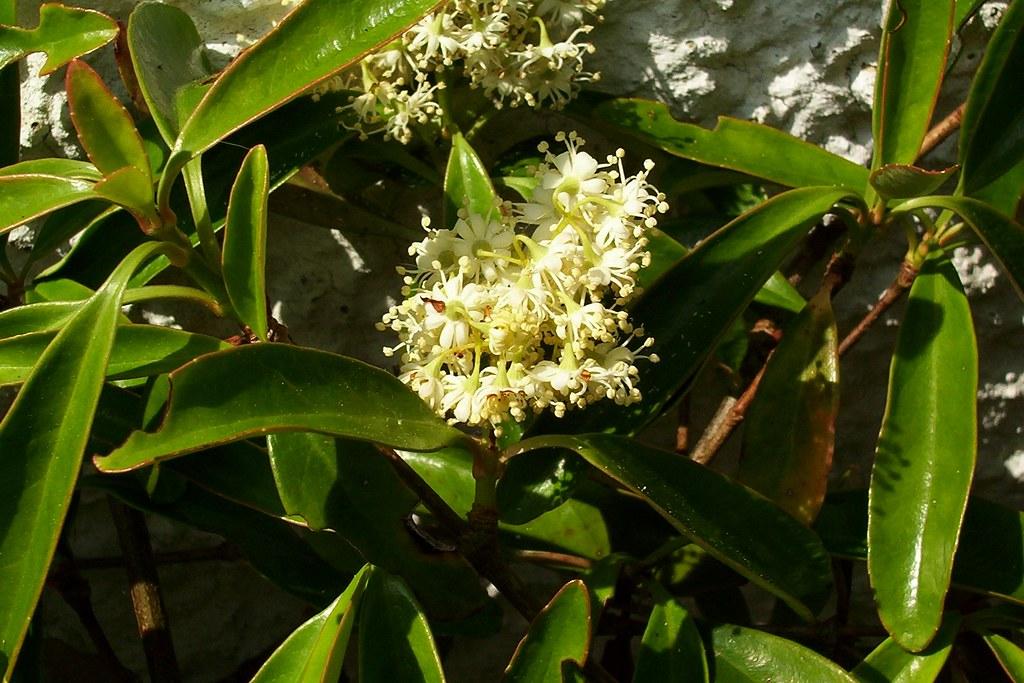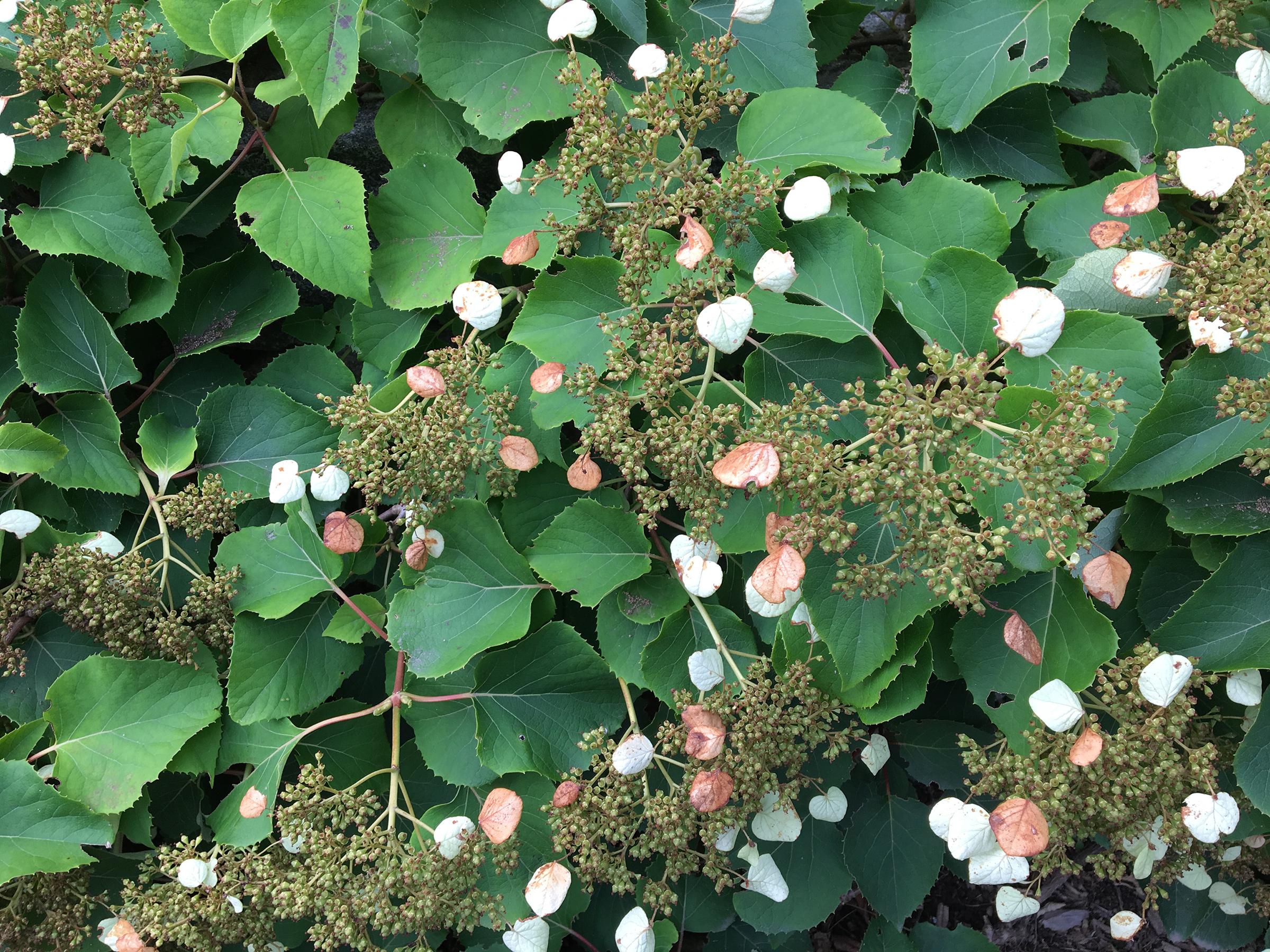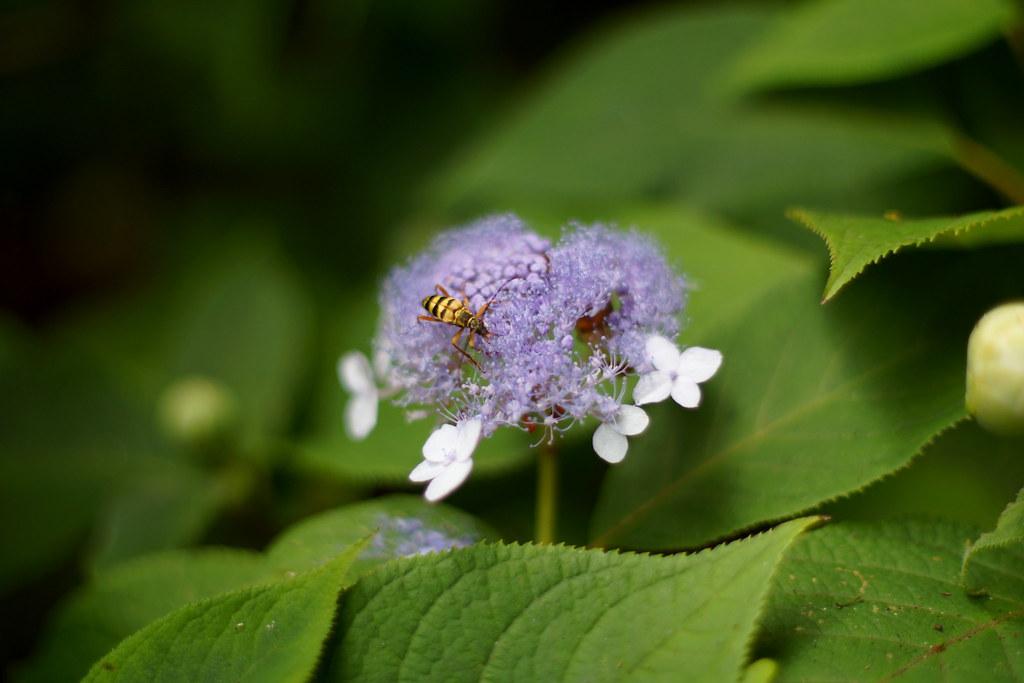What Are the Different Types of Hydrangeas?


Hydrangeas are flowering shrubs native to Asia and America. They are popular in gardens and landscaping because of their large, showy flowers and their ability to thrive in a variety of conditions. Hydrangeas can be grown in a range of soil types and light conditions, but generally prefer moist, well-drained soil and partial shade. They are also popular as cut flowers, and the blooms can be dried or preserved for floral arrangements. In addition to their esthetic qualities, hydrangeas are also used in traditional medicine for their anti-inflammatory and diuretic properties.
If you want to learn more about these plants, do not miss the following article from thedailyECO, in which we explain the different types of hydrangeas that exist and describe some of them.
- What are hydrangeas?
- What are the different types of hydrangeas?
- Smooth hydrangea (Hydrangea arborescens)
- Panicled hydrangea (Hydrangea paniculate)
- Hydrangea aspera
- French hydrangea (Hydrangea macrophylla)
- Climbing hydrangea (Hydrangea petiolaris)
- Japanese climbing-hydrangea (Hydrangea anomala)
- Oakleaf hydrangea (Hydrangea quercifolia)
- Lacecap (Hydrangea macrophylla normalis)
- Tea of heaven (Hydrangea serrata)
- Hydrangea bretschneideri
What are hydrangeas?
Hydrangea is a genus of over 75 species of flowering plants native to Asia and the Americas. Hydrangeas are known for their large, showy flowers arranged in clusters or panicles. The flowers can range from white to pink, blue, purple or even green, depending on the pH of the soil.
Hydrangeas are deciduous or evergreen shrubs that can grow up to 15 feet (4.57 m) tall and wide, but most garden varieties are smaller, usually between 3–6 feet tall and wide. Leaves are often large and oval with a glossy, dark green appearance.
One of the unique characteristics of hydrangeas is their ability to change color depending on the pH of the soil. In acidic soil (with a pH below 6.0), the flowers tend to be blue or purple, while in alkaline soil (with a pH above 7.0) they tend to be pink or red. In neutral soil (with a pH around 7.0), the flowers may be white or green.
Do not miss this other article where we talk about ornamental plants and their importance.
What are the different types of hydrangeas?
As mentioned before, there are many varieties of hydrangea, 75 species to be exact, each with its own unique characteristics and growing requirements. The most popular varieties are:
- Big-leaf hydrangea (Hydrangea macrophylla)
- Panicle Hydrangea (Hydrangea paniculata)
- Smooth Hydrangea (Hydrangea arborescens)
- Oakleaf Hydrangea (Hydrangea quercifolia)
- Climbing hydrangea (Hydrangea anomala)
These are just a handful of the numerous hydrangea species that exist. We've also included five lesser-known but popular types below.
Smooth hydrangea (Hydrangea arborescens)
This particular hydrangea variety produces pure white flowers that contrast strikingly with its green foliage. The initial buds are a light green color, but they open to a beautiful white bloom. Unlike many other hydrangea species, this variety is remarkably hardy and can withstand direct sunlight, making it a good choice for the garden. It also thrives in soil with a neutral pH and is not particularly picky when it comes to soil texture.
You may be interested in this other article, where we talk about how to decorate your garden with different white flowers.

Panicled hydrangea (Hydrangea paniculate)
This shrub produces panicles or cone-shaped flower clusters that can reach up to 12 inches (30.48 centimeters) in length. The plant itself can grow up to 47 inches (1.2 meters) in height and blooms from midsummer to autumn. The flower buds start out green, but mature into a pink color. It is best grown in partial shade.

Hydrangea aspera
This particular hydrangea species is truly unique because of its exotic appearance. What makes it so distinctive is the fact that it has two types of flowers in a cluster: one type is made up of small, fertile flowers that are purple in color, while the other type resembles the typical hydrangea flowers we know and love, which come in white, purple or pink. These flowers are barren and grow on the outermost part of the clump. This creates a naturally shaped arrangement that is truly stunning.

French hydrangea (Hydrangea macrophylla)
French hydrangea, also known as Hydrangea macrophylla, is a popular shrub native to Japan and Korea but grown in many gardens around the world.
It is known for its large, round flower heads that can range in color from blue to pink to purple, depending on the pH of the soil. The French hydrangea typically blooms in the summer months and can grow quite large, up to 1.8 feet (0.55 m) tall and wide. It prefers well-drained soil that is rich in organic matter and will thrive in partial shade to full sun, depending on the climate. French hydrangea is a popular choice for gardeners who want to add a splash of color to their landscape or create a beautiful cut flower arrangement.

Climbing hydrangea (Hydrangea petiolaris)
Climbing hydrangea is a woody vine that can grow up to 80 feet (ca. 24 m) long, with dark green foliage and clusters of white, fragrant flowers that bloom in summer. It is a versatile plant that can grow along walls, trellises or fences, adding a touch of natural beauty to any landscape.

Japanese climbing-hydrangea (Hydrangea anomala)
Japanese climbing hydrangea is a stunning vine that can grow up to 50 feet (ca. 15 m) long, featuring deep green leaves and striking clusters of white, fragrant flowers that blossom in the summer. Additionally, it can be grown along walls, trellises, or fences, offering a natural element of beauty to any outdoor space.

Oakleaf hydrangea (Hydrangea quercifolia)
Oakleaf hydrangea is a deciduous shrub that typically grows to be around 6– 8 feet (1.83–2.44 m) tall. It is known for its striking leaves that resemble those of an oak tree, complete with lobed edges and a dark green color that transitions to shades of red and purple in the fall. This plant produces large, conical clusters of white flowers that bloom in the summer, giving way to beautiful shades of pink as they age. Oakleaf hydrangea is a beautiful addition to any garden or landscape, adding texture and interest with its unique foliage and stunning blooms.

Lacecap (Hydrangea macrophylla normalis)
Hydrangea macrophylla normalis is a popular deciduous shrub that can grow about 4-6 feet (1.22-1.83 m) tall. This plant produces stunning spherical clusters of flowers that come in a variety of colors including pink, blue, and purple depending on the pH of the soil. The leaves of this hydrangea are large and glossy, adding a touch of elegance to any garden or landscape. This type of hydrangea is best suited for a partial shade location and usually blooms from mid-summer to early fall.

Tea of heaven (Hydrangea serrata)
Hydrangea serrata is a deciduous shrub native to Japan and Korea. This particular hydrangea species typically reaches 3–6 feet (0.91 – 1.83 m) in height and produces beautiful clusters of intertwined lacy flowers in a range of hues, including pink, blue and purple, depending largely on the pH of the surrounding soil. Hydrangea serrata is well suited to a partial shade location and usually blooms in early summer, making it a beautiful addition to any outdoor space.

Hydrangea bretschneideri
Hydrangea bretschneideri is a deciduous shrub that can grow about 6-10 feet (1.83 -3 m) tall. This plant produces stunning, cone-shaped clusters of delicate white flowers that bloom in summer and provide a striking contrast to its large, dark green leaves. The flowers of this hydrangea are subtly fragrant and very attractive to butterflies and other pollinators. Hydrangea bretschneideri thrives in partial shade and is best suited to well-drained soil.
If you want to read similar articles to What Are the Different Types of Hydrangeas?, we recommend you visit our Outdoor plants category.
- Bent, E. Colombo, A., et al. (2020) 1000 Plants and Flowers for the Garden . Ireland: De Vecchi Publishing.
- Royal Horticultural Society (nd) Hydrangea . Available at: https://www.rhs.org.uk/search?query=hydrangea





